General Japanese Course
This course is designated to improve your overall Japanese ability from basic level through “reading, writing, listening, speaking” for those students who aims to enter the university or who want to get employed in Japan.By conversation with classmates gathering from around the world, it is possible to directly utilize and practice the knowledge learned in the classroom, you will be able to realize surely progress.
By the education in the classroom, Tokyo World Japanese Language school also helps students to learn Japanese culture, Japan’s rules and manners so that, it will be easy for the foreign students to know and realize about the living styles of Japan and become global person.
Curriculum
| Level chart | Program period | Teaching materials | Learning Target | Teaching Method |
|---|
| Beginner I | 3 months | 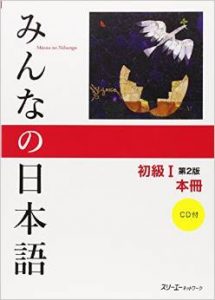 Minna no Nihongo Shokyu I Minna no Nihongo Shokyu I | This is the first step of the basic Japanese language education. This step helps students understand and respond in Japanese easily for daily life. | The conversation exercises are made of the role-playing methods. Reading and writing Hiragana, Katakana and 2300 basic kanjis. Understanding simple sentences about 300 words of vocabulary, basic grammar and structure of the sentences. |
| Beginner II | 3 months | 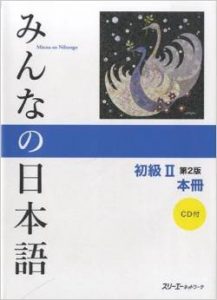 Minna no Nihongo Shokyu II Minna no Nihongo Shokyu II | This step elaborates the Japanese language covered in the Beginner I level and helps students to easily communicate and express their feelings in a polite manner. |
| Intermediate I | 3 months | 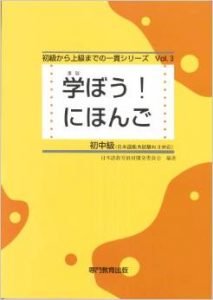 Manabou Nihongo lower-intermediate Manabou Nihongo lower-intermediate | This step helps students increase their vocabulary and communicate instinctively in a complicated conversation. This step also improves their listening and understanding skills as well as helps them express their opinions and thoughts. | Reading and writing of 5000 Kanji, 600 vocabulary and understanding content of textbooks, writing of an essay using intermediate grammar. |
| Intermediate II | 3 months | 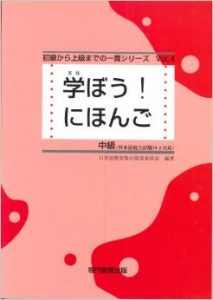 Manabou Nihongo intermediate Manabou Nihongo intermediate | This step helps students understand specific topics and communicate freely in a relaxed manner as if Japanese language is their native language. |
| Advanced I | 6 months | 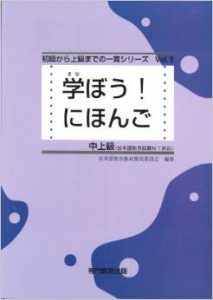 Manabou Nihongo upper-intermediate Manabou Nihongo upper-intermediate | This level is for the students to be able to read a sentence about various topics and express their feelings in conversation smoothly, flexibly, and more effectively using complicated words and expressions. | Reading and writing of 10000 Kanjis, 2000 vocabulary and understanding content of Newspaper and Magazines, use of sentence structure, colloquial, honorific, understanding of advanced grammar, syntax, essays of the overall Japanese language ability. |
| Advanced II | 6 months | 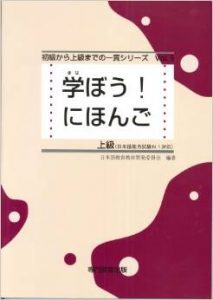 Manabou Nihongo advanced Manabou Nihongo advanced | This level is for students to be able to communicate about abstract and professional topics related to the current situation or the problems of Japanese society. Students can also learn the vocabulary necessary to enter universities and graduate schools. |
Timetable
| Period | Morning class | Day class |
|---|
| 1st Period | 9:00~9:45 | 13:30~14:15 |
|---|
| 2nd Period | 9:55~10:40 | 14:25~15:10 |
|---|
| 3rd Period | 10:50~11:35 | 15:20~16:05 |
|---|
| 4th Period | 11:45~12:30 | 16:15~17:00 |
|---|
 Minna no Nihongo Shokyu I
Minna no Nihongo Shokyu I Minna no Nihongo Shokyu II
Minna no Nihongo Shokyu II Manabou Nihongo lower-intermediate
Manabou Nihongo lower-intermediate Manabou Nihongo intermediate
Manabou Nihongo intermediate Manabou Nihongo upper-intermediate
Manabou Nihongo upper-intermediate Manabou Nihongo advanced
Manabou Nihongo advanced
